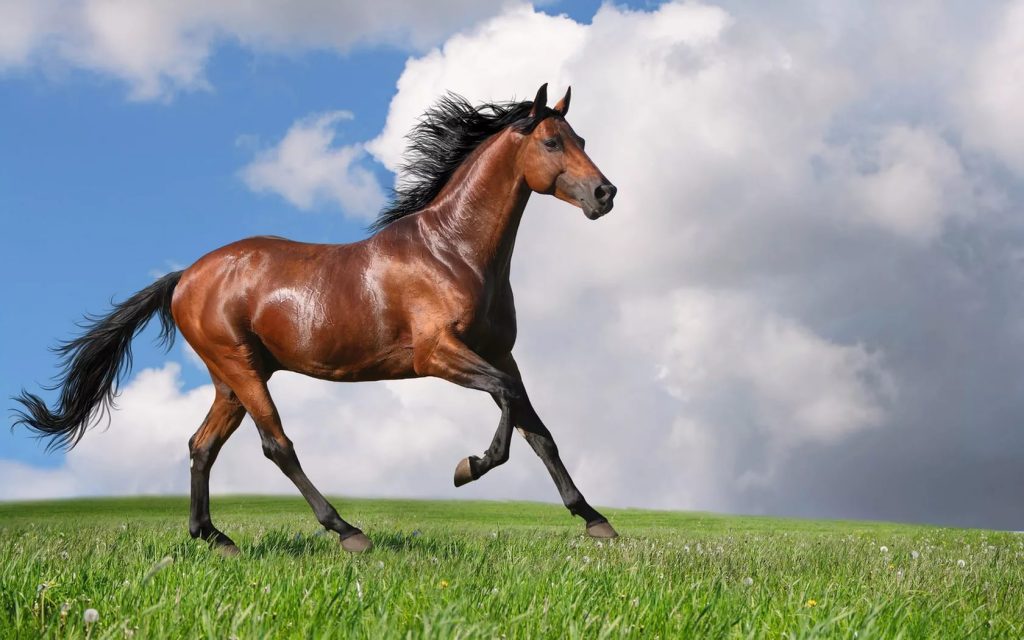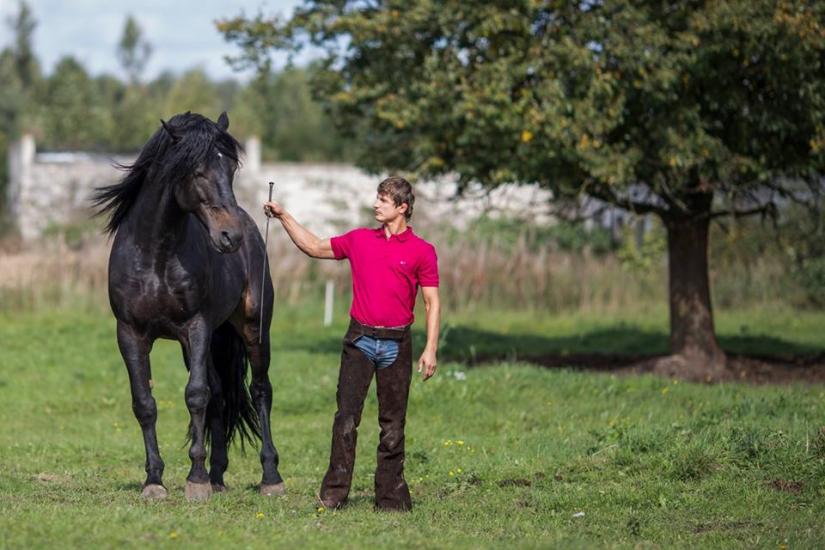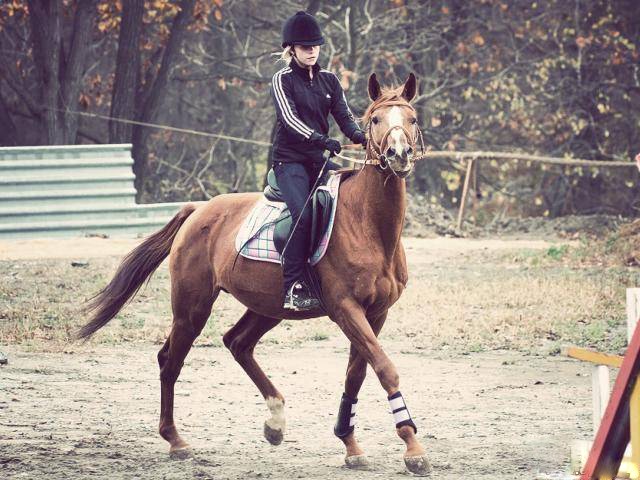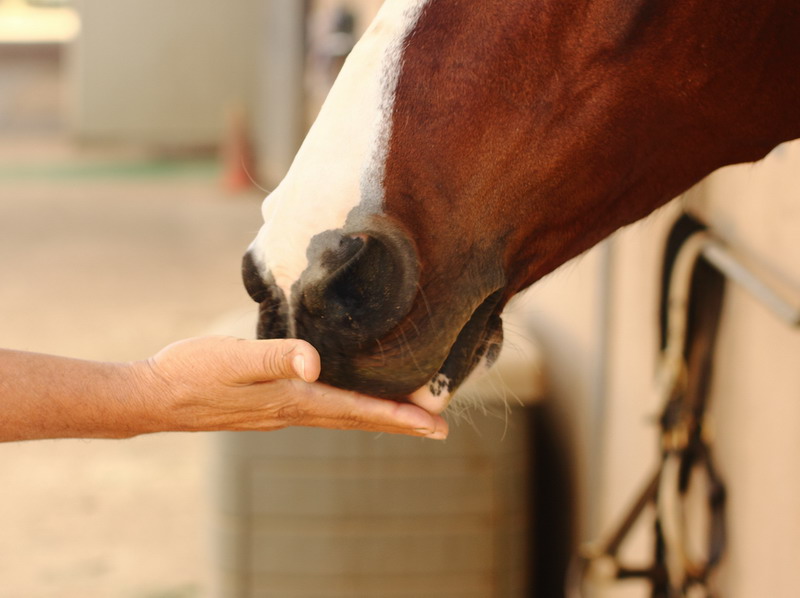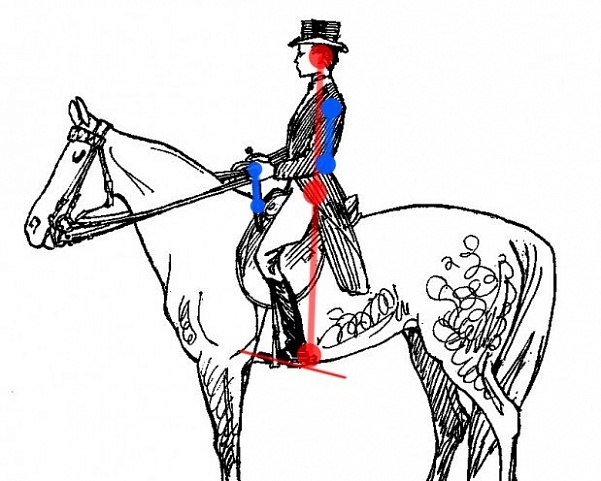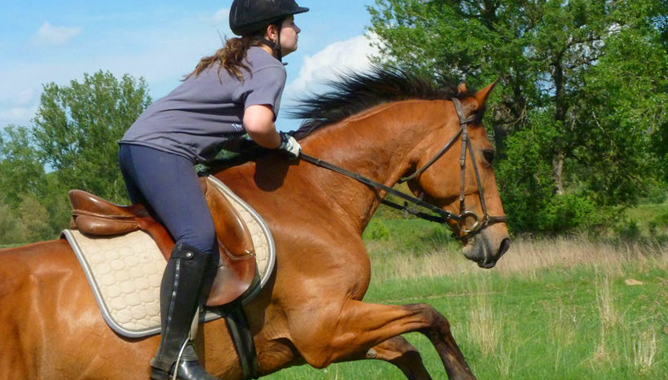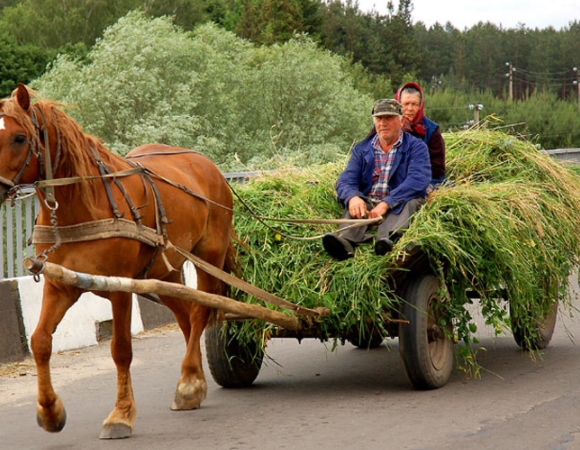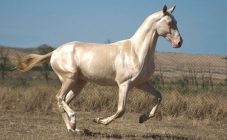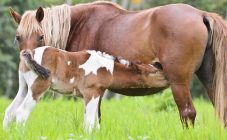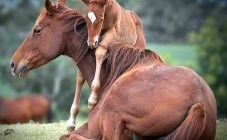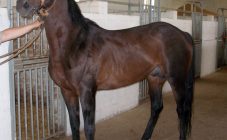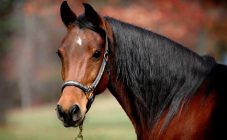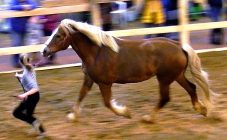Content:
Although horses can easily develop the necessary reflexes, the work of a trainer is very difficult. It requires not only unremitting attention, but also a good knowledge of the characteristics of the animal's behavior. This article is devoted to the question of how horses are trained.
Where to begin
First of all, it is important to win over the horse. To do this, you should do things that will gradually improve mutual understanding with him and his sense of self-confidence. In the future, this will be an excellent foundation for learning.
Getting to know the horse
If the horse already has bad habits, it is necessary to carry out appropriate work with it, weaning from them and instilling positive ones. At the same time, gentle methods of raising a horse are needed, the manifestation of cruelty, frequent punishments are undesirable and ineffective. When planning how to teach a horse to stand on a candle on command, it is recommended that one person be assigned to work with a particular horse.
At first, immediately after meeting, the horse experiences shyness and distrust, which to a large extent turn out to be the cause of problems in dressage training. When thinking about how to train a horse, you must first overcome shyness.
At this stage, it is important to encourage the animal and teach him to do things that are attractive to him. Gradually, this will lead to an increase in the horse's confidence in himself and to a better understanding with a person.
Mutual addiction
Horses are used to being part of the herd, where they occupy a certain step in the existing hierarchy of power.
The latter circumstance, for example, can be expressed in aggressive behavior in the event that the trainer (in the opinion of the horse) does not sufficiently reward it with various tasty things. This can cause the horse to bite rather than bow when trying to get one of them.
All her actions must be divided into:
- those that are not important;
- useful, rewarding, to be taught;
- bad ones that must be followed by immediate punishment.
If you need to work with a horse and teach it to do: bow to the horse, teach the horse how to lie down, then raising a horse requires perseverance combined with gentleness.
When working with a horse, the basic rules of the trainer should be: calmness and firmness, as well as patience. At the same time, you need to be ready to take the position of an animal in order to understand it. If in the process of work a person begins to feel irritation, it is imperative to take a break to rest.
Horse riding equipment
For a beginner in horse riding, this question is quite difficult. For beginners, there is no need to buy special riding clothes. At this stage, it will be enough to use the most common tracksuit.
The weather can also have its own requirements.According to this, gloves, a raincoat, a scarf or dark glasses, for example, may become necessary.
If the hair is long, it is recommended to collect it carefully. Shoes or boots are useful as footwear. In this case, it is desirable that the heel is not large.
Positive motivation
It should be borne in mind that although horses are developed animals and have a good memory, they are not always able to correctly compare the events that have occurred.
Because of this feature, it is necessary to ensure that in the process of training, punishment or reward would directly follow the action that caused them. This is one of the basic principles of how to train a horse at home.
Here is one possible example of such situations. Suppose a horse has performed a desired trick or trapeze and earned praise. The coach reached for the sugar and began looking in his pockets, while the horse tried to bite him. Here, having received sugar, he can assimilate its connection with an attempt to bite a person, which, of course, is undesirable.
Individual approach
When working, do not consider equestrian intelligence to be too high. Learning requires repetition of simple and understandable situations that minimize possible misunderstandings. If you react to events that happened some time ago, the horse will most likely not be able to learn it, and the result will be a nervous breakdown.
For example, if the plan is to teach a horse to bow or walk in a passage, then it will be very difficult to do this without the use of positive reinforcement.
One of the effective methods of education could be the following. In the process, if the horse does the right thing, even by accident, reward him. Gradually, the likelihood of the behavior repeating increases. If necessary, punishment should be applied to the voice response. She clearly shows the animal the attitude of the trainer. The use of punches or whips is the most extreme measure and is undesirable.
Correct fit
This moment is one of the most important when riding. The correct fit will make the ride easy and enjoyable, while allowing you to enjoy horseback riding. If you do not follow it, then the trip can become quite difficult.
It is important to sit neatly in the saddle. In this case, the lower back, shoulders and back should be relaxed. Body weight should be on the buttocks.
How to stay in the saddle
It is recommended to keep the reins taut when riding. In this case, the hands should be placed above the mane at the height of the palm.
It is helpful to think of the forearms as an extension of the wire.
The hips, knees, and calves should hang freely from the girth.
The legs in the stirrups should be positioned as follows:
- The heels are pointing downwards.
- Toes pointing forward.
- The wider part of the feet rests on the stirrups.
If the rider feels that the position of his body in the saddle is correct, you will need to try to remember this state. It is advisable to repeat it in the best possible way during each trip.
It is important not to jerk your arms or legs to maintain balance. This can disorient the horse. These body parts act as shock absorbers during the ride.
It is important to maintain a balance of balance by using only the muscles of the back and legs.
An important part of the rider's training will be to regularly do the exercises recommended by the trainer to strengthen those muscles that are important in riding.
How to drive a horse
It is customary to use the following methods for this:
- Using the rein.
- Leg application.
- Body slopes. Sometimes they are accompanied by body movements.
- It is permissible to use spurs, a whip.
The latter option is advisable only for experienced riders.
When traveling in a cart, the reins are used for control.
Stopping and descending from the horse
When you stop, you need:
- Pull the reins towards you with both hands.
- Tilt the torso back.
- It is easy to press with your feet simultaneously on the sides of the horse.
Horse riding rules
It is helpful to follow these guidelines:
- Sitting on a horse, you must first balance it.
- The reins are pulled with force when their connection with the arms is barely felt.
- The possibility of falling to the ground cannot be ruled out. You need to be prepared for this even when driving at a step. No educational work will exclude this.
- You need to ride on your own, only having fully mastered the initial lessons of the coach.
Horse riding requires careful preparation. This applies to both training the riding horse and teaching the rider the basic rules and skills. Only if there is such a reliable foundation, horseback riding will bring benefit and joy to the novice rider.
